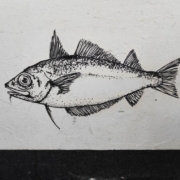Cabanyal for foodies
The neighbourhood of Cabanyal has been for centuries the home of families dedicated to fishing in its various tasks. This fact, added to the disconnection of the area with the historic center of Valencia until recently, has made the gastronomy of the neighbourhood evolve in an original way, producing many dishes based on fish and vegetables from the huerta, popular and very Mediterranean.
The list of dishes in this post is not an exhaustive one, but they are a sample of the most common ones on the tables of el barrio and its restaurants. They are also our excuse to get to know a little more about the Cabanyal.
If you really want to learn how to cook them, in the small bookstores of the neighbourhood you can find “La Cuina del Cabanyal” (Ed. Llibres de la Drassana), with the recipes and much more.
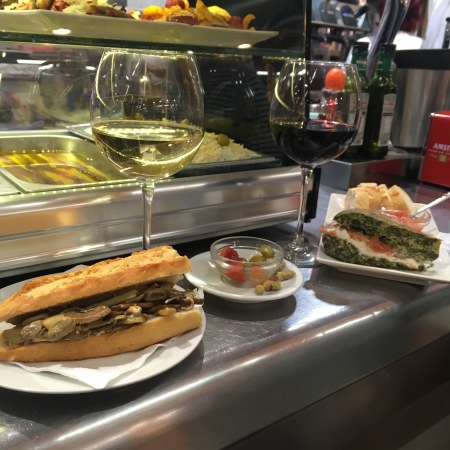
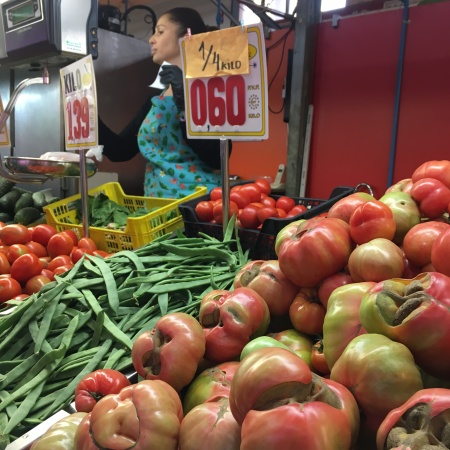
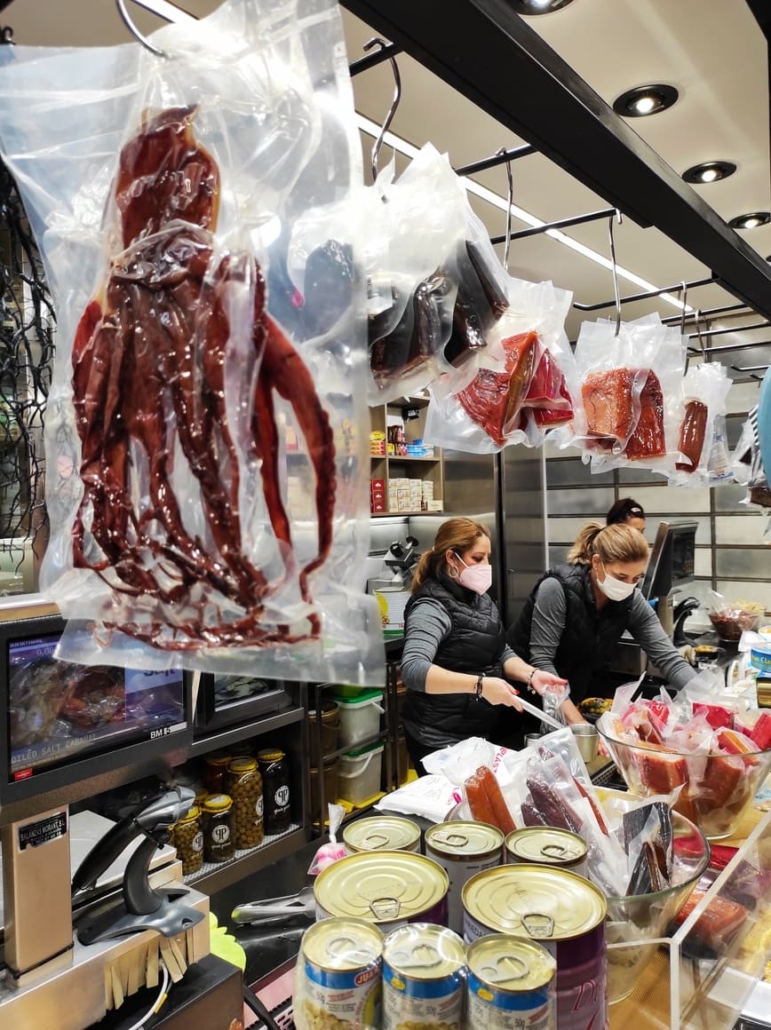
Codfish balls.
In the Cabanyal we celebrate the Marine Holy Week (Semana Santa Marinera), unique in Valencia, and that has impacted the gastronomy of the neighbourhood for more than two centuries. During Lent (the 40 days between Ash Wednesday and the Holy Week) the Catholic Church forbids people over 14 years old to eat meat on Fridays, unless they obtain a special permission by payment, called bula de carne.
The codfish balls (or mandonguilles de abaecho in valencian, the local language), made with potato and cod crumbs, are a typical dish of Holy Week because they match with the mandate of meat abstinence, but also because they are easy to transport and eat during these days of processions. Nowadays they are eaten all year round accompanied by tomato sauce or all i oli, and they are still perfect for picnic meals. When they are cooked at home you have to resist the temptation to finish the dough raw before frying it.
In the Cabanyal Market there are several stalls selling awesome codfish balls. Try those of Gines Ponce.
Titaina. It is a kind of tomato sauce (mullador in Valencian, which means something like dipper sauce), endemic and exclusive to our neighbourhood, made with garlic, pine nuts, green bell pepper, red bell pepper, and tomato. The order in which you fry the ingredients is key, and it will not be the same if you cook it all at once. The final touch is to add tonyina de sorra, which is a dry salted tuna made in Valencia.
If you are vegetarian, the “widow version” (local wording) without tuna is very tasty. There is also a version with fresh tuna, but in any case do not add canned tuna (sin) to the Titaina. The Titaina is one of the ingredients to make another must of our cuisine, the pepitos. These are sandwiches of bread soaked in milk, filled with Titaina, coated with egg and then fried. An unbeatable energy bar. The other way to enjoy titaina is with a couple of fried free-range eggs and lots of bread.
In Taska La Reina, besides tasting the Titaina you can see one of the typical facades of Cabanyal.
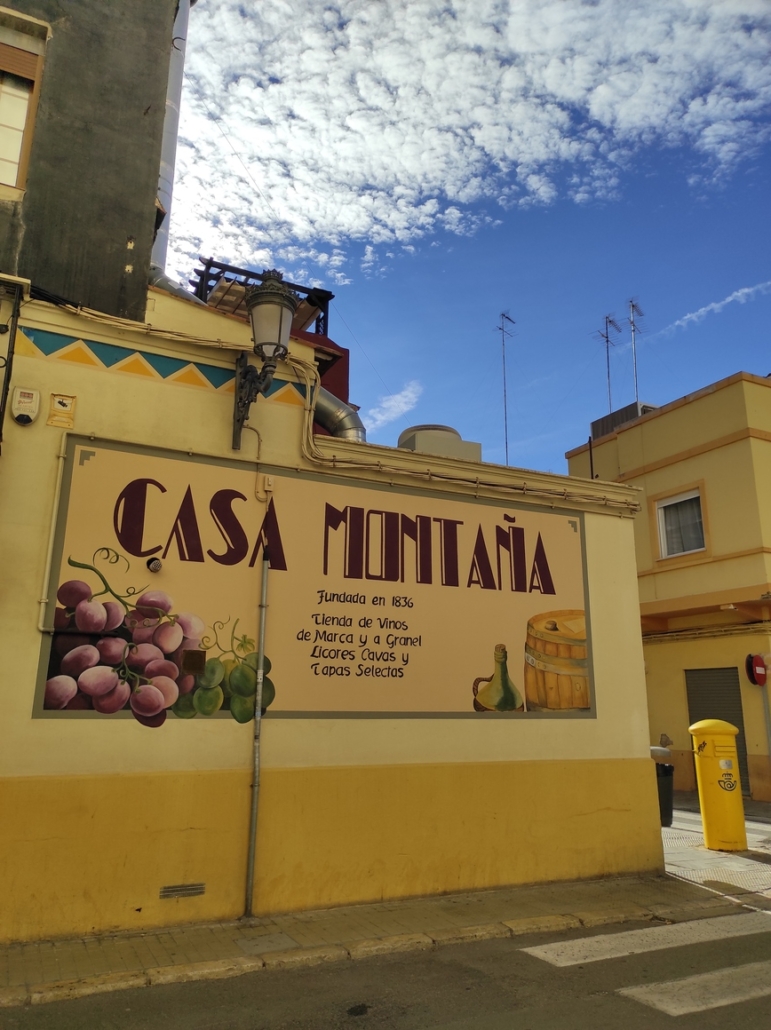
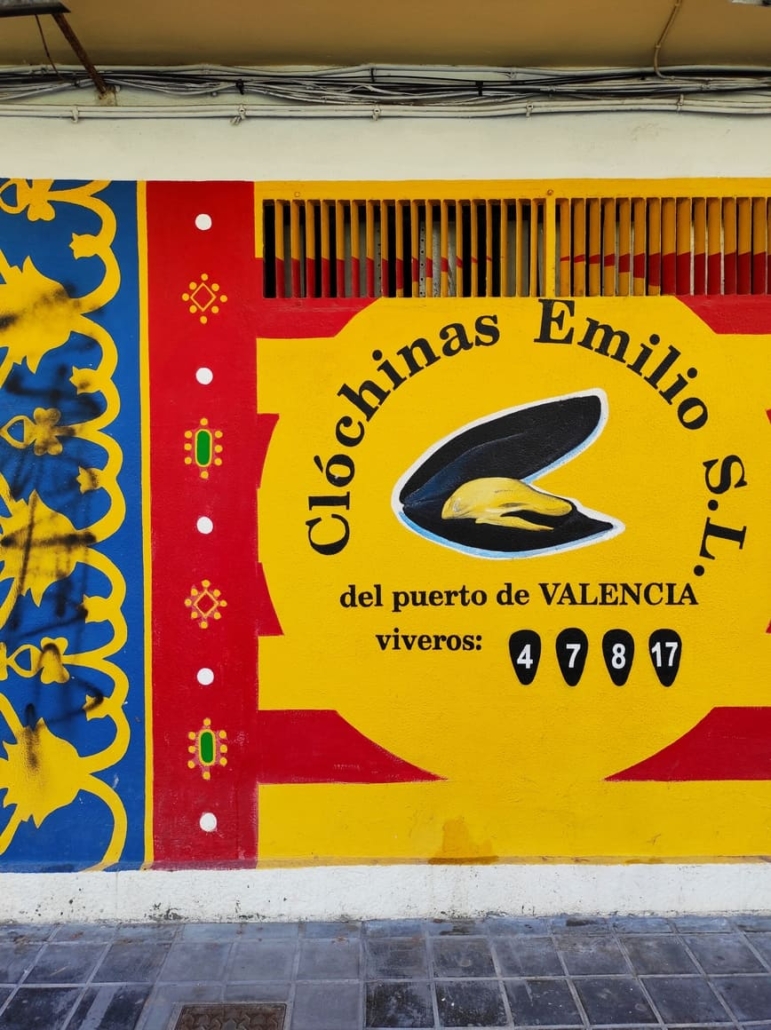
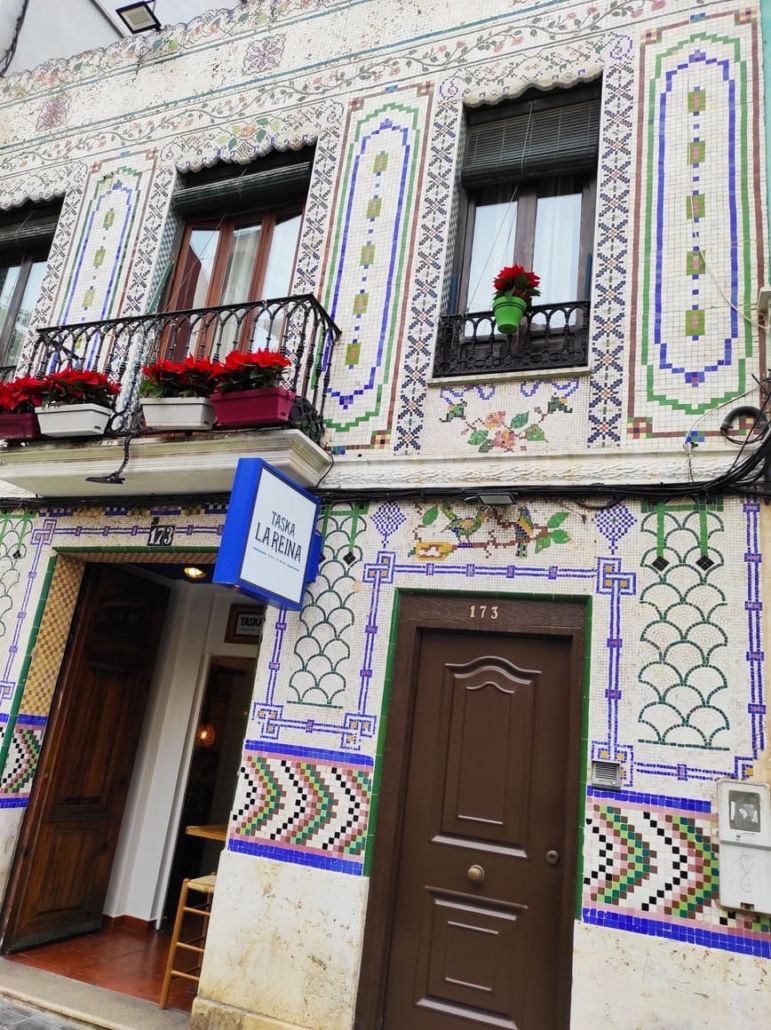
Clotxinas or Clóchinas. This is a Valencian PDO product (a seal that recognises the local origin of a product or dish), which makes it unique. Its breeding, in floating platforms in front of the port of Valencia, is owned by local families. Those families themselves sell the clotxina in small shops throughout the neighborhood during the season, which runs from the Virgen de los Desamparados to the Virgen del Carmen (or easier, during the months without r in its name in Spanish, that is, from May to August).
The bateas are those floating platforms from which hung ropes on which grow attached the mollusks. The clotxina differs from the mussel in being smaller, more compact, lighter in color, and more delicate. To cook them in the best way, just put them in a pot with a bit of olive oil and a piece of lemon (or at least, that’s how they are made in my house).
Our favorite cloxina spot is La Rocheta. They also sell sea sea snails, dried octopus and local dried fish (capellanets).
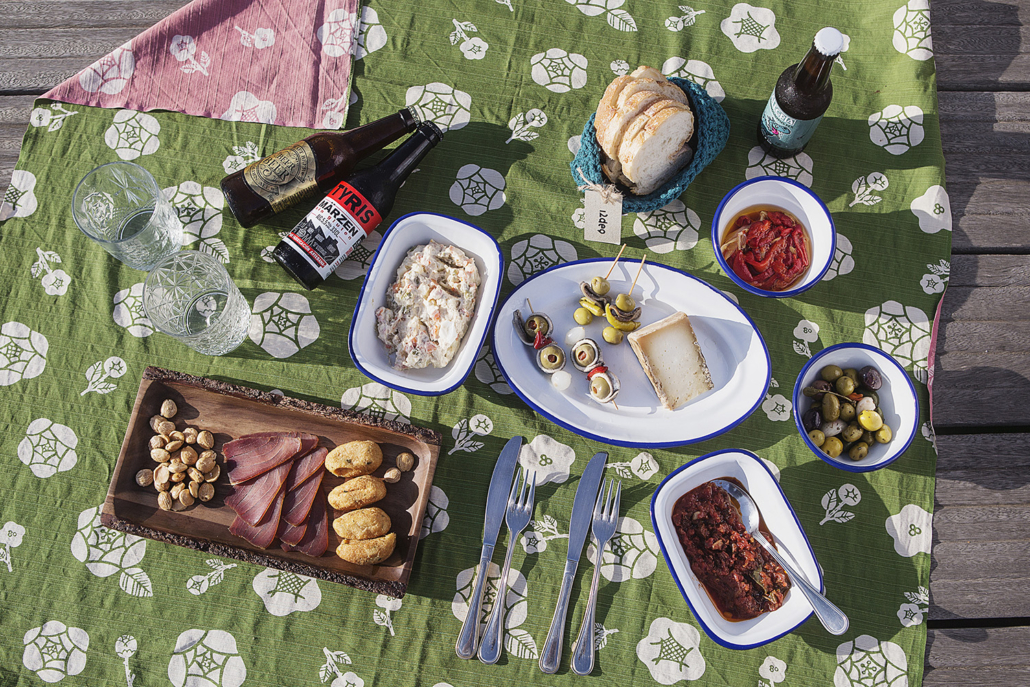
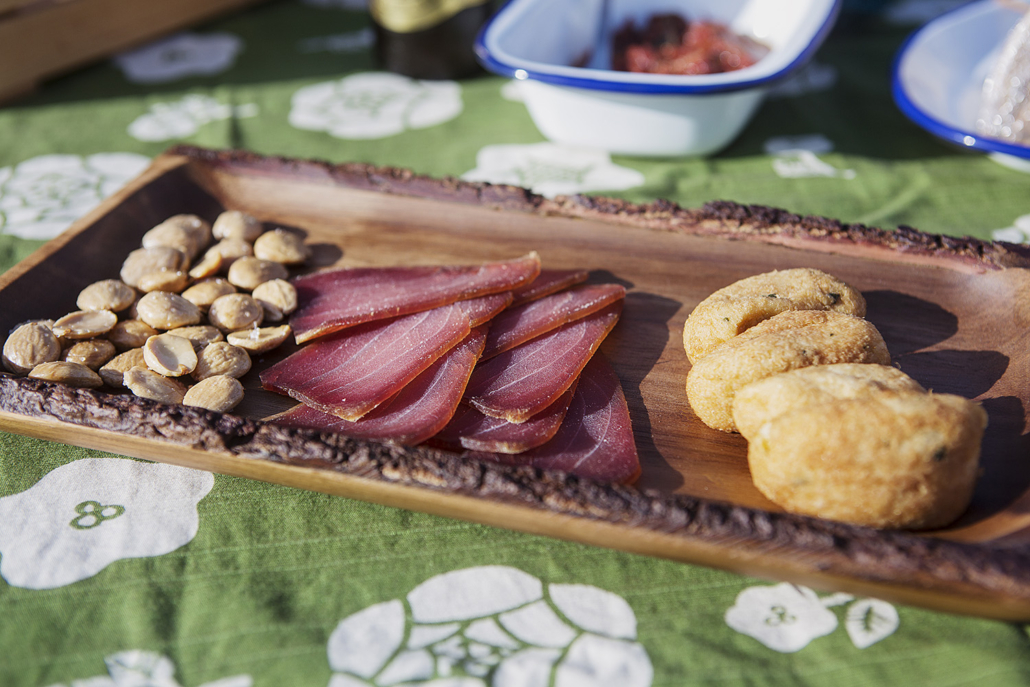
Sepia encebollada (a stew of cuttlefish with onions). Many traditional stews in fishermen’s areas were and are made on board the boats with the less commercial parts of the catch (in the case of cuttlefish, for example, head and tentacles). Some of those dishes became popular and, as in other cases, this one is now part of the recipe book of the neighborhood. You will find it in many bars as a tapa or even as a bocadillo baguette sandwich (entrepà in Valencian). It is made with cuttlefish, onion and black pepper balls, cooked in a clay pot.
If you make yourself a sandwich (of cuttlefish or anything else) to take to a street dinner, and you carry that sandwich under your arm, you will be attending what in Valencia is called a cena de sobaquillo or “armpit dinner”.
Casa Montaña’s cuttlefish with onion is unbeatable.
Esgarraet. Salted fish is a favorite dish in this land. Some are eaten as an appetizer, such as tuna mojama, octopus, or the typical and very local capellanets or mussola.
Other salted fish, especially cod, are used as an ingredient in plenty of dishes. The esgarraet is cooked with what is called “English cod”, less salty than the normal dried cod, which you can buy at any salted fish stall in the market. It also has roasted red bell pepper that you tear with your fingers (just like the cod, hence the name of the dish) and everything is finally mixed with garlic and oil. For this dish, also prepare a lot of bread.
L
An excellent bakery in the neighborhood is La Tahona del Abuelo.

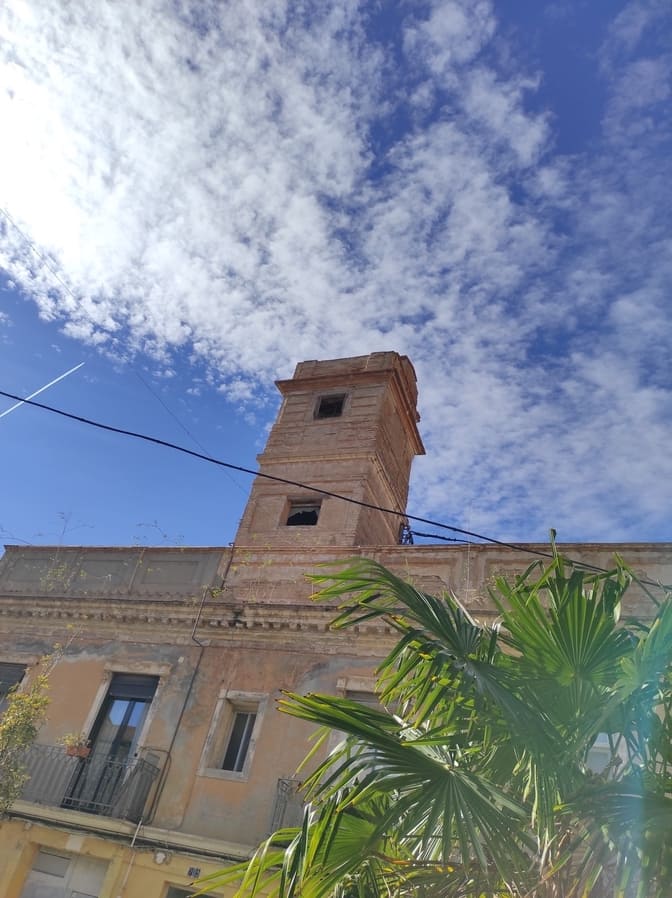
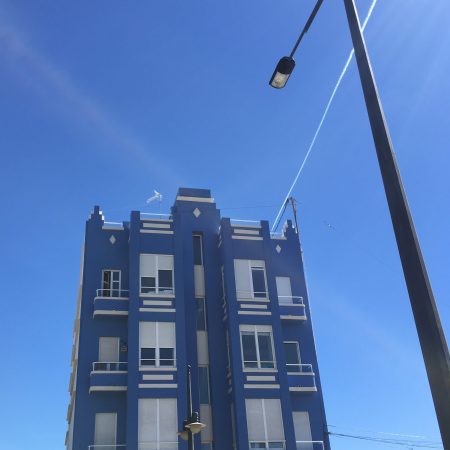
Many dishes and places have been left off the list, but the ones we have recommended in this post are:
Parada De Gines Ponce en El Mercado del Cabanyal, Carrer Martí Grajales 4
Taska La Reina, en Carrer de la Reina 173
Puesto de Clotxinas La Rocheta en Carrer Pintor Ferrandis 16. ,And the one in the picture, Clóchinas Emilio en Carrer Reina 231.
Bodega Casa Montaña en Carrer José Benlliure 69
La Tahona del Abuelo en Carrer Los Angeles 84
And if you are interested in “La Cuina del Cabanyal”, take a look at the offer of books with Valencian and Mediterranean themes from Editorial Libres de la Drassana.

